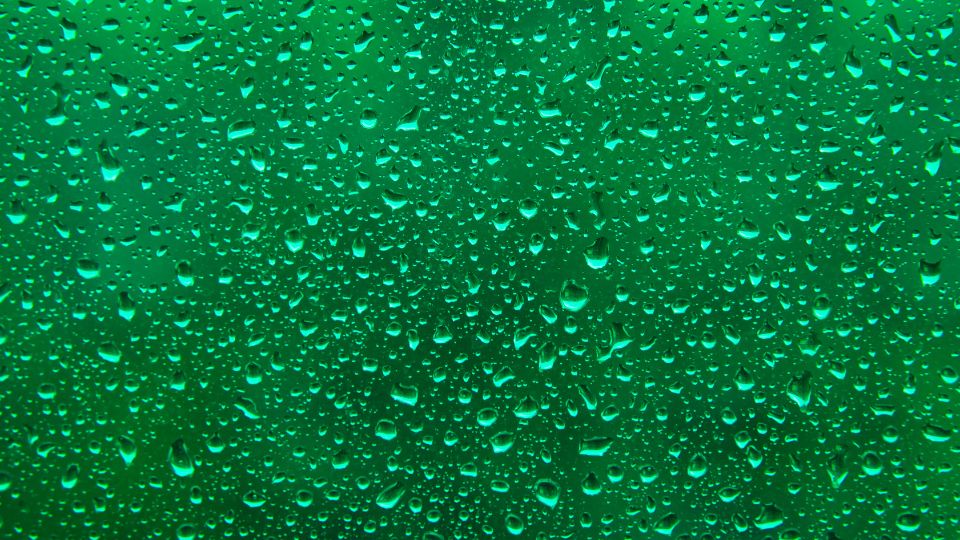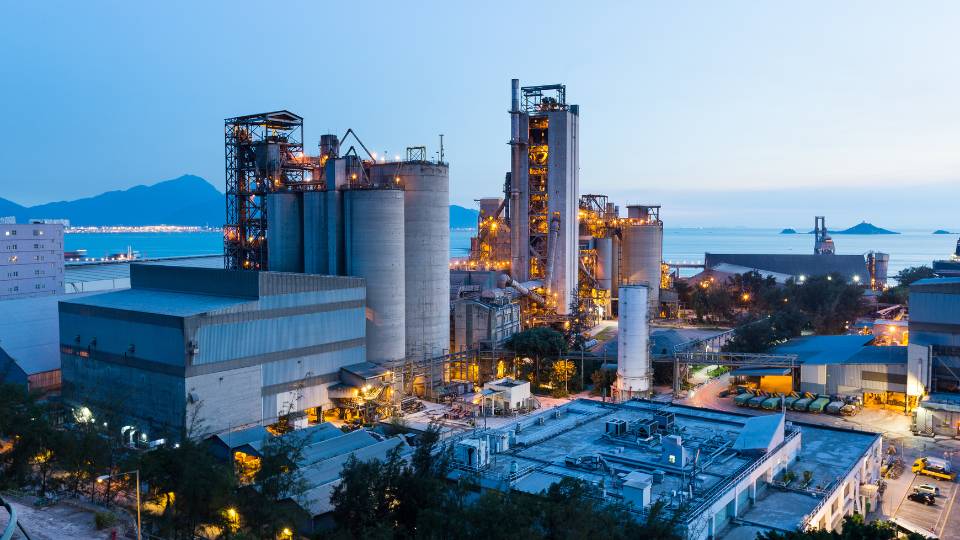
Industrial waste disposal is a critical issue facing society today. With the increasing industrialisation of our world, more and more waste is being produced, and it’s important that we dispose of it in a safe and responsible manner.
One of the biggest challenges with industrial or manufacturing waste disposal is that it can be difficult to determine the best way to process & manage the material.
Different types of industrial waste require unique disposal methods, and it’s important to choose the right one in order to protect the environment and public health.
Table of Contents:
- Industrial waste disposal methods
- Types of industrial waste
- Why is proper management of industrial waste important?
- How can industries reduce the generation of industrial waste?
- What are the regulations governing the disposal of industrial waste?
- What are the potential environmental impacts of improperly managed industrial waste?
- How can businesses safely dispose of hazardous industrial waste?
- What role do technologies play in the management of industrial waste?
- Industrial waste facts & statistics
- Conclusion
Industrial waste disposal methods
Landfill
One common method of disposing of industrial waste is through landfill. Landfills are specially designed areas where waste is buried and covered with soil.
This method is relatively simple and inexpensive, but it has some significant drawbacks. Landfills can take up a lot of space, and they can release harmful chemicals into the air and water.
Incineration
Another method of industrial waste disposal is incineration. Incineration involves burning waste at high temperatures in order to reduce its volume and eliminate any harmful substances.
This method can be effective at reducing the amount of waste that needs to be disposed of, but it can also release harmful pollutants into the air.
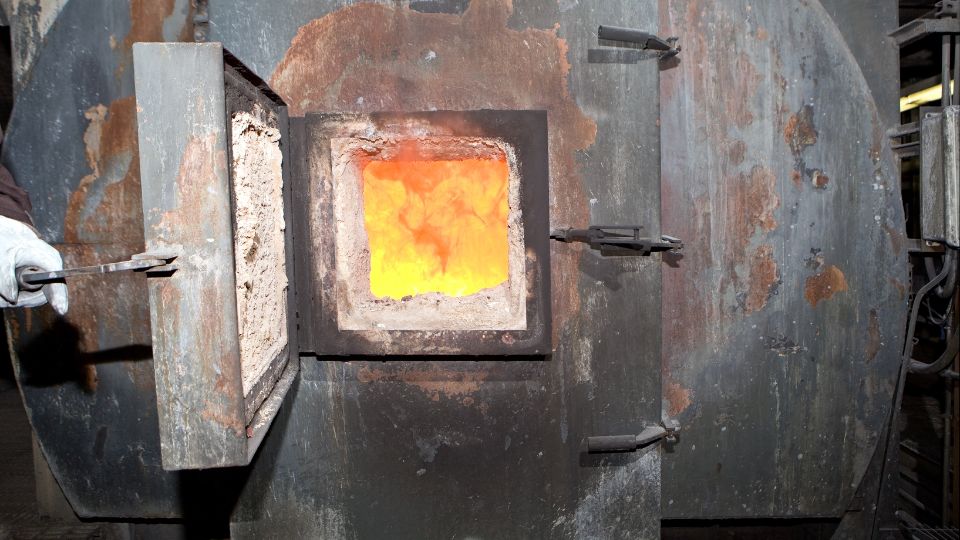
Recycling
Recycling is another option for industrial waste. Many industrial waste materials can be recycled and used to make new products.
This can help to reduce the amount of waste that needs to be disposed of, and it can also help to conserve natural resources.
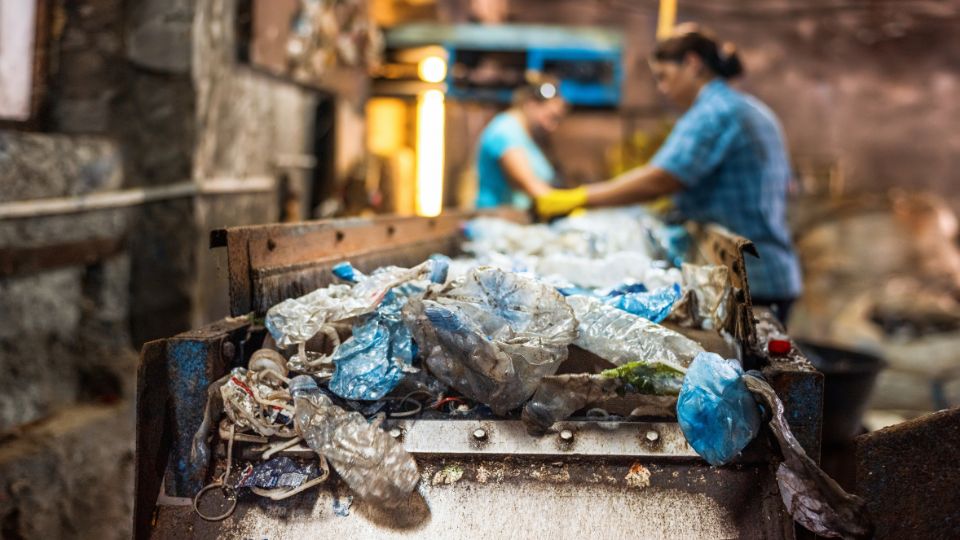
Types of industrial waste
Industrial waste encompasses a wide range of materials generated from diverse manufacturing and industrial activities.
Here are specific types of industrial waste, categorised based on the materials involved:
- Chemical Waste:
- Examples: Solvents, acids, bases, pesticides, and chemical residues.
- Characteristics: Often hazardous, these materials can pose serious risks to the environment and human health.
- Heavy Metal Waste:
- Examples: Lead, mercury, cadmium, chromium, and nickel.
- Characteristics: Heavy metals can persist in the environment and accumulate in organisms, causing long-term ecological and health concerns.
- Electronic Waste (e-waste):
- Examples: Discarded electronics such as computers, mobile phones, and appliances.
- Characteristics: Contains hazardous substances like lead, mercury, and brominated flame retardants; improper disposal can result in toxic leachate.
- Biological Waste:
- Examples: Waste from pharmaceutical production, biotechnology, or healthcare facilities.
- Characteristics: May include expired drugs, contaminated cultures, and biohazardous materials; requires specialised treatment to prevent the spread of pathogens.
- Radioactive Waste:
- Examples: Nuclear power plant byproducts, radiopharmaceuticals, and industrial radiography waste.
- Characteristics: Contains radioactive isotopes, necessitating careful handling, storage, and disposal to prevent radiation exposure.
- Plastic and Polymer Waste:
- Examples: Discarded packaging materials, industrial plastic scraps.
- Characteristics: Non-biodegradable and can persist in the environment for extended periods, contributing to pollution.
- Textile Waste:
- Examples: Discarded fabrics, fibers, or materials from textile manufacturing.
- Characteristics: Often contains dyes and chemicals; improper disposal contributes to land and water pollution.
- Mining Waste:
- Examples: Tailings, slag, and residues from mining operations.
- Characteristics: May contain heavy metals, toxins, and suspended solids, posing risks to soil and water quality.
- Agricultural and Agro-Industrial Waste:
- Examples: Pesticide containers, agrochemical residues, and food processing byproducts.
- Characteristics: Can contain chemicals harmful to the environment and may contribute to soil and water contamination.
- Wastewater and Sludge:
- Examples: Industrial process water containing pollutants, and the residual sludge from treatment facilities.
- Characteristics: Often contains suspended solids, heavy metals, and organic compounds; requires proper treatment to meet discharge standards.
Understanding and managing these specific types of industrial waste is crucial for mitigating environmental impacts and ensuring the well-being of ecosystems and human populations.
Why is proper management of industrial waste important?
Proper management of industrial waste is crucial to prevent environmental pollution like acid rain, protect human health, and comply with regulatory requirements.
Inadequate handling of industrial waste can lead to soil and water contamination, air pollution, and other adverse impacts on ecosystems and communities.

How can industries reduce the generation of industrial waste?
Industries can adopt sustainable practices, such as recycling, reusing materials, and implementing cleaner production methods, to minimise the generation of industrial waste.
This not only reduces environmental impact but also often leads to cost savings for businesses.
What are the regulations governing the disposal of industrial waste?
The disposal of industrial waste is subject to local, national, and international regulations.
These regulations dictate proper handling, treatment, transportation, and disposal methods to ensure that industrial waste does not harm the environment or public health.
What are the potential environmental impacts of improperly managed industrial waste?
Improperly managed industrial waste can lead to soil contamination, water pollution, and air quality degradation.
It may harm aquatic ecosystems, affect biodiversity, and pose risks to human health through exposure to toxic substances and pollutants.
How can businesses safely dispose of hazardous industrial waste?
Businesses must follow established guidelines for the safe disposal of hazardous industrial waste.
This may involve contracting with licensed waste management companies, using designated disposal facilities, and adhering to specific procedures to minimise environmental and health risks.
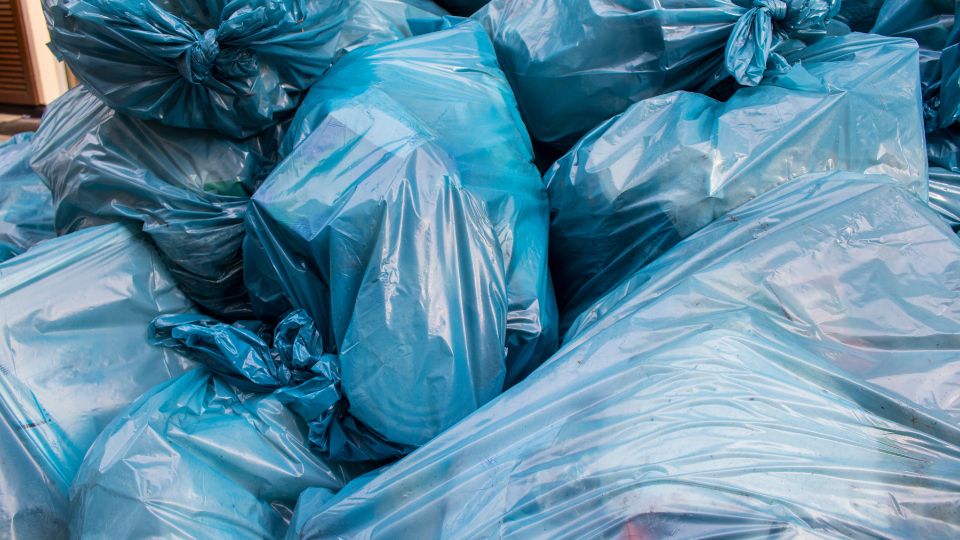
What role do technologies play in the management of industrial waste?
Various technologies, such as advanced treatment processes, waste-to-energy systems, and monitoring tools, play a crucial role in the effective management of industrial waste.
These technologies can improve efficiency, reduce environmental impact, and contribute to the overall sustainability of industrial processes.
Industrial waste facts & statistics
In 2020, the United Kingdom produced an estimated 40.4 million tonnes of commercial and industrial (C&I) waste, with the majority, comprising 84%, originating from England, totalling 33.8 million tonnes.
The most recent figures for England alone suggest that C&I waste generation was approximately 33.9 million tonnes in 2021.
In 2018, the total waste generated in the UK amounted to 222.2 million tonnes, with England contributing significantly to this figure at 84%, accounting for 187.3 million tonnes of the overall waste generated.
Conclusion
In summary, industrial waste, comprising various materials like chemicals, heavy metals, and electronics, poses significant environmental risks.
The statistics from the UK underscore the substantial volume of waste generated, emphasising the critical need for stringent waste management practices and sustainable approaches.
Striking this balance is crucial for reducing environmental impact and fostering a more sustainable future.

